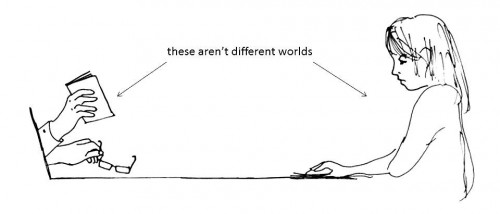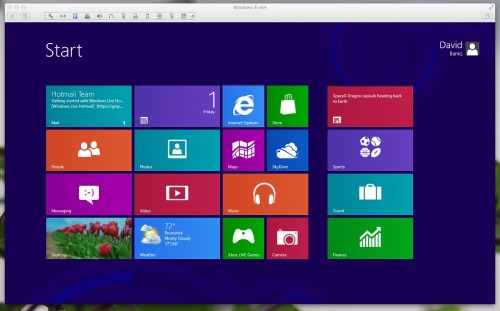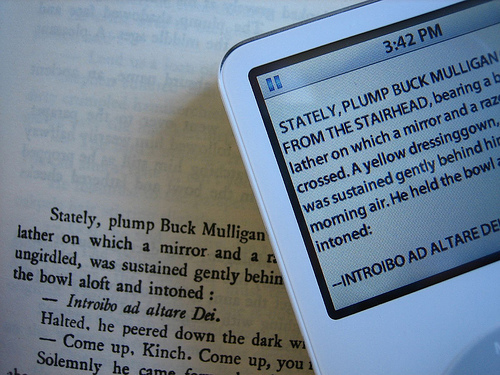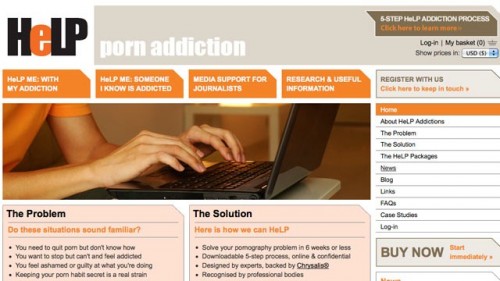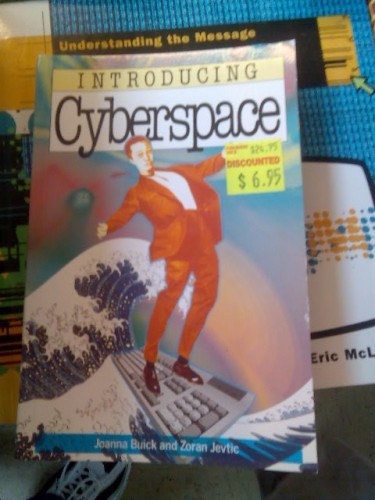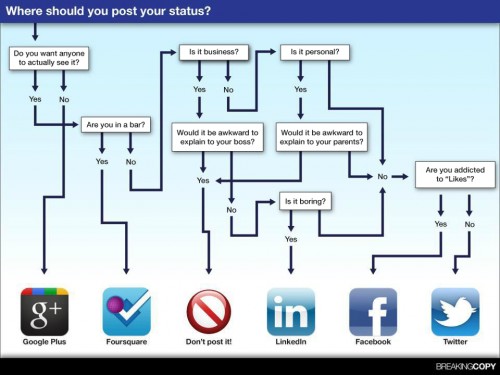
In the last part of my recent essay “A New Privacy,” I described documentary consciousness as the perpetual (and frequently anxiety-provoking) awareness that, at each moment, we are potentially the documented objects of others. In this post, I use a friend’s recent ‘Facebook debacle’ as a starting point to elaborate on what documentary consciousness is, how it works, and whether it can be diminished or assuaged by the fact that “nobody… wants to see your status update from 2007.” I draw on Brian Massumi’s distinction between the possible and the potential to help explain why documentary consciousness entails “the ever-present sense of a looming future failure,” whether anyone reads that old status update or not.

